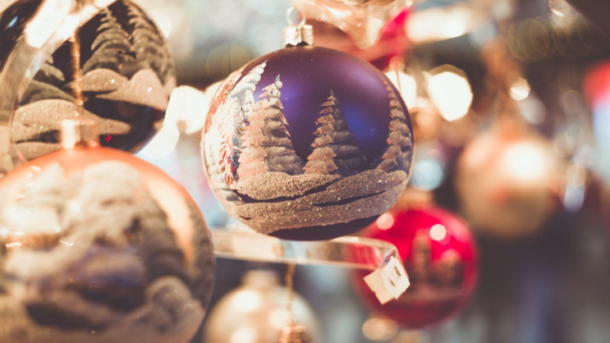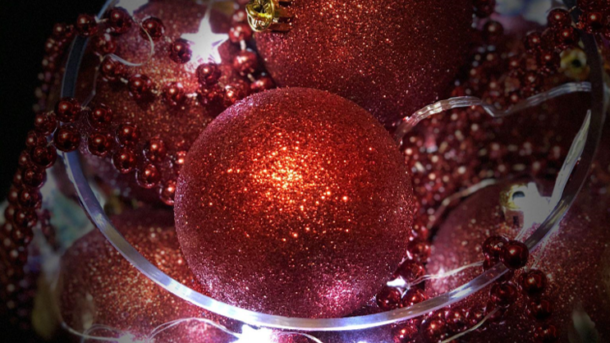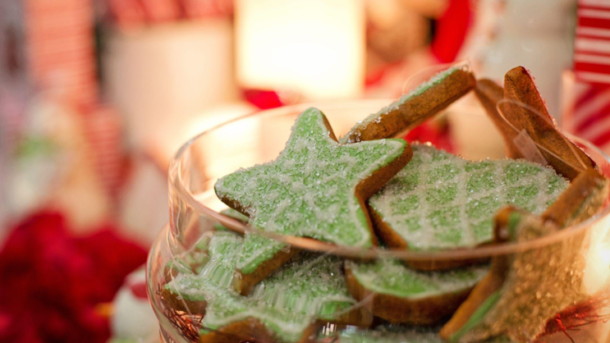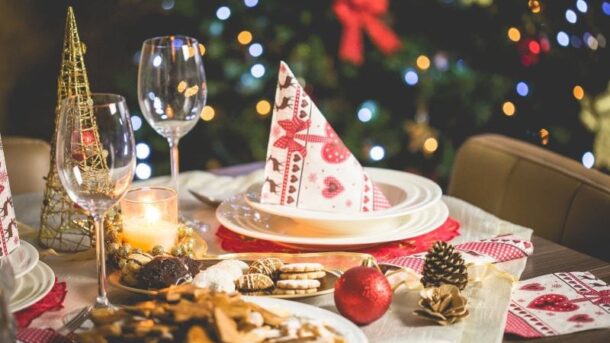Why Choose a Green Artificial Christmas Tree?
The winter season is a time for family togetherness and joyful festivities. One of the most beloved holiday traditions is the Christmas tree. Millions of households annually adorn their homes with beautiful Christmas trees to celebrate the season. While many choose real trees, more and more families are opting for green artificial Christmas trees.
Why are artificial trees becoming so popular? First and foremost, they are incredibly convenient. No need to trek out to a tree farm or stand outside in the frigid weather trying to find the perfect tree. Artificial trees are also a budget-friendly option, as they can be used year after year. But the most significant benefit is that they are more environmentally friendly.
Artificial trees are made with materials that can be recycled and reused, reducing the waste associated with single-use real trees. In addition, many artificial trees are made with flame-resistant materials, making them safer for your family.
Spreading Holiday Cheer with Your Green Artificial Christmas Tree
Once you have chosen your green artificial Christmas tree, it’s time to get creative! Depending on your family’s traditions, you can decorate your tree in various ways. You should stick with classic red and green ornaments to evoke a traditional Christmas feeling. Or, you could opt for a more modern look with silver and gold decorations.
Remember to invite Santa Claus into your home! Nothing brings more joy to little ones than waking up on Christmas morning to presents under the tree. If your family is lucky enough to have a visit from Santa, provide a cozy spot for him to leave gifts.
Another way to create special memories is to include your church in holiday celebrations. Many churches hold Christmas tree lighting ceremonies, where community members can gather to enjoy music, hot cocoa, and tree lighting.
So, why bring your family together with a green artificial Christmas tree this winter? Not only will it save you time and money, but it will also allow you to spread holiday cheer in your unique way. Happy holidays!











